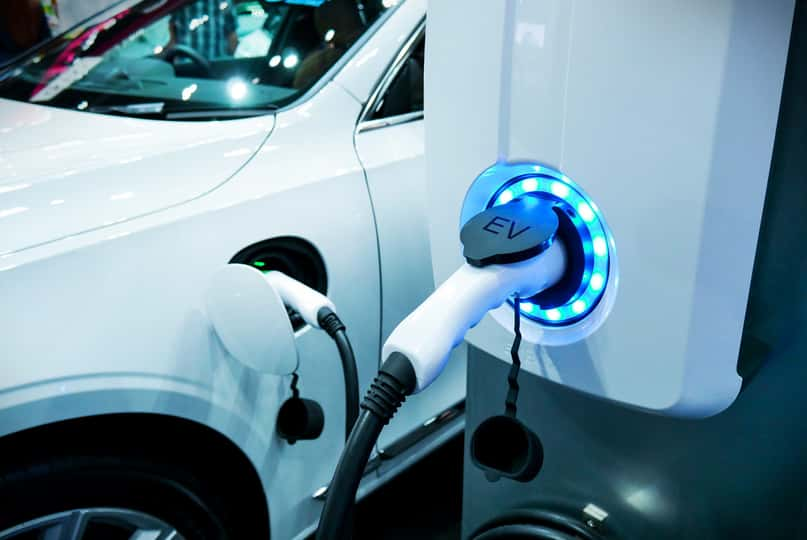Arrival (ARVL - Get Rating), is a London-based global electric truck and bus manufacturer that focuses exclusively on commercial markets. After completing the announced special purpose acquisition company (SPAC) combination with CIIG Merger Corp.(CIICU), ARVL went public on the Nasdaq Global Select Market, in March.
The deal fetched nearly $660 million in gross proceeds and provides ARVL with enough resources to start ramping up the electric bus & van deliveries and expanding the global network of Microfactories. The company announced that it is planning to build a new Microfactory in Charlotte, North Carolina, the second on U.S. soil.
ARVL, a different player in the electric vehicle (EV) space
ARVL stands out from the competition by its manufacturing process. The company will manufacture its vehicles through Microfactories. Microfactories are small-to-medium size factories, highly automated, and with a technologically advanced manufacturing setup. Instead of building traditional vehicle production lines, ARVL aims to use unique cell-based assemblies that will enable superior manufacturing customization and fast response to local EV demand. Besides, this plant design is rapidly scalable and can be built in six months, empowering decentralized production to be deployed throughout the world. With this vertical manufacturing approach, ARVL expects to use less Capex and hopes to bring down the total cost of ownership in order to compete with fossil fuel vehicles.
ARVL is well positioned to deliver on its guidance
While ARVL has a unique manufacturing process, investors are still awaiting the company’s first EV delivery. So far, interest for its commercial vehicles remains strong, thanks to the commitment of United Parcel Service (UPS) (valuated at close to $1b), to purchase 10,000 EV units plus an option for an additional 10,000 vehicles. Yet, ARVL is not planning to begin mass production before the fourth quarter of 2021.
ARVL has ambitious financial objectives in the coming years. The management expects to grow revenue to $1 billion next year and to lift it five-fold in 2023. While the first direction seems, in essence, reachable thanks to the commitment made by UPS, the company does not yet provide any material evidence on the latter.
However, investors should not be surprised to see execution delays, as EV production ramp-up comprises a set of constraints. Among these, the worldwide semiconductor shortage is a major risk that might bring additional downward pressure on ARVL’s shares.
My opinion is that though ARVL shows promise, investors should sit on the sidelines for now. The company operates in a crowded EV market, with Ford, (F), Nikola (NKLA), Volvo (VLVLY) and Workhorse (WKHS) looking to gain market share in the fast-growing electric truck and van market. And the company isn’t expected to generate profit in the next three years. My belief is that it’s best for conservative investors to add this company to their watchlist for now and consider adding it to their portfolio after the company starts delivering on its guidance.
Want More Great Investing Ideas?
ARVL shares were trading at $13.28 per share on Tuesday afternoon, down $0.84 (-5.95%). Year-to-date, ARVL has declined -52.77%, versus a 10.65% rise in the benchmark S&P 500 index during the same period.
About the Author: Cristian Docan

Cristian is an experienced investment analyst and financial writer. Prior to StockNews.com, Cristian spent three years as a consultant providing investment research and content to financial services companies and online publications on the Oil & Gas sector. Cristian enjoys researching and writing about stocks and the markets. He takes a fundamental, technical and quantitative approach in evaluating stocks for readers. More...
More Resources for the Stocks in this Article
| Ticker | POWR Rating | Industry Rank | Rank in Industry |
| ARVL | Get Rating | Get Rating | Get Rating |





